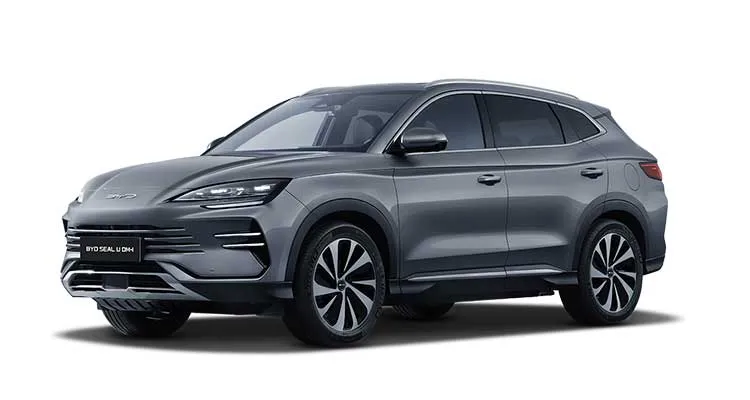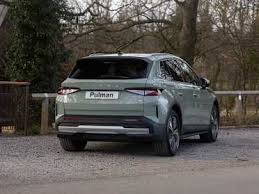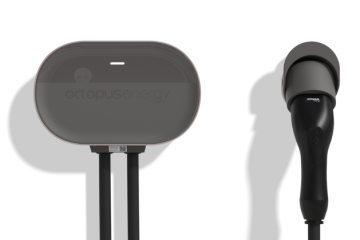The Growing Influence of BYD Cars in the Electric Vehicle Market

Introduction
The automotive landscape is undergoing a profound transformation, with electric vehicles (EVs) at the forefront of this change. Among the key players in the EV sector is BYD, a Chinese automotive manufacturer that has rapidly established itself as a leader worldwide. This importance of BYD cars is underscored by their innovative technology, environmental benefits, and growing market share, making them a topic of significant relevance for consumers and industry stakeholders alike.
BYD’s Global Expansion
Founded in 1995, BYD, which stands for Build Your Dreams, began as a battery manufacturer before expanding into the automotive market in 2003. The company has evolved into one of the largest EV producers in the world, with a significant presence in over 50 countries. As of 2023, BYD has overtaken Tesla in the number of electric vehicles sold, a milestone that highlights its ambitious growth and competitive edge in the EV market.
Notably, BYD’s strategy includes not just personal passenger vehicles but also electric buses and commercial vehicles. In recent months, the company has made headlines by securing large orders for electric buses from various cities, including London and Los Angeles. This diversification showcases the company’s commitment to sustainable transport solutions and its responsiveness to global demand for eco-friendly alternatives.
Technological Innovations
One of the driving forces behind BYD’s success is its commitment to innovation. The company invests heavily in research and development, focusing on battery technology, electric drivetrains, and smart mobility solutions. BYD’s proprietary Blade Battery technology is particularly noteworthy, offering enhanced safety, longevity, and efficiency compared to traditional lithium-ion batteries. This innovation positions BYD not just as a vehicle manufacturer but as a technology firm reshaping the future of mobility.
Environmental Impact and Future Outlook
As countries worldwide commit to reducing carbon emissions and combating climate change, BYD’s electric vehicles contribute directly to these goals. BYD models, such as the Han and Dolphin, not only offer zero tailpipe emissions but also lower lifecycle emissions compared to internal combustion engine vehicles. With governments offering incentives for EV adoption, BYD is well-placed to capitalise on this trend.
Looking forward, analysts predict that BYD’s sales will continue to increase, driven by expansion into new markets, product diversification, and ongoing advancements in technology. The company’s active pursuit of a sustainable future aligns with global trends, making it a significant player in the evolving automotive industry.
Conclusion
In conclusion, BYD cars represent more than just a means of transportation; they embody a shift towards sustainable mobility and innovation in the automotive sector. As the demand for electric vehicles grows, BYD’s role as a leader in the market will likely solidify, influencing not only consumer choice but also the direction of future automotive technology. For readers, understanding the impact and developments surrounding BYD cars is essential as we move toward a greener, smarter future in transportation.









